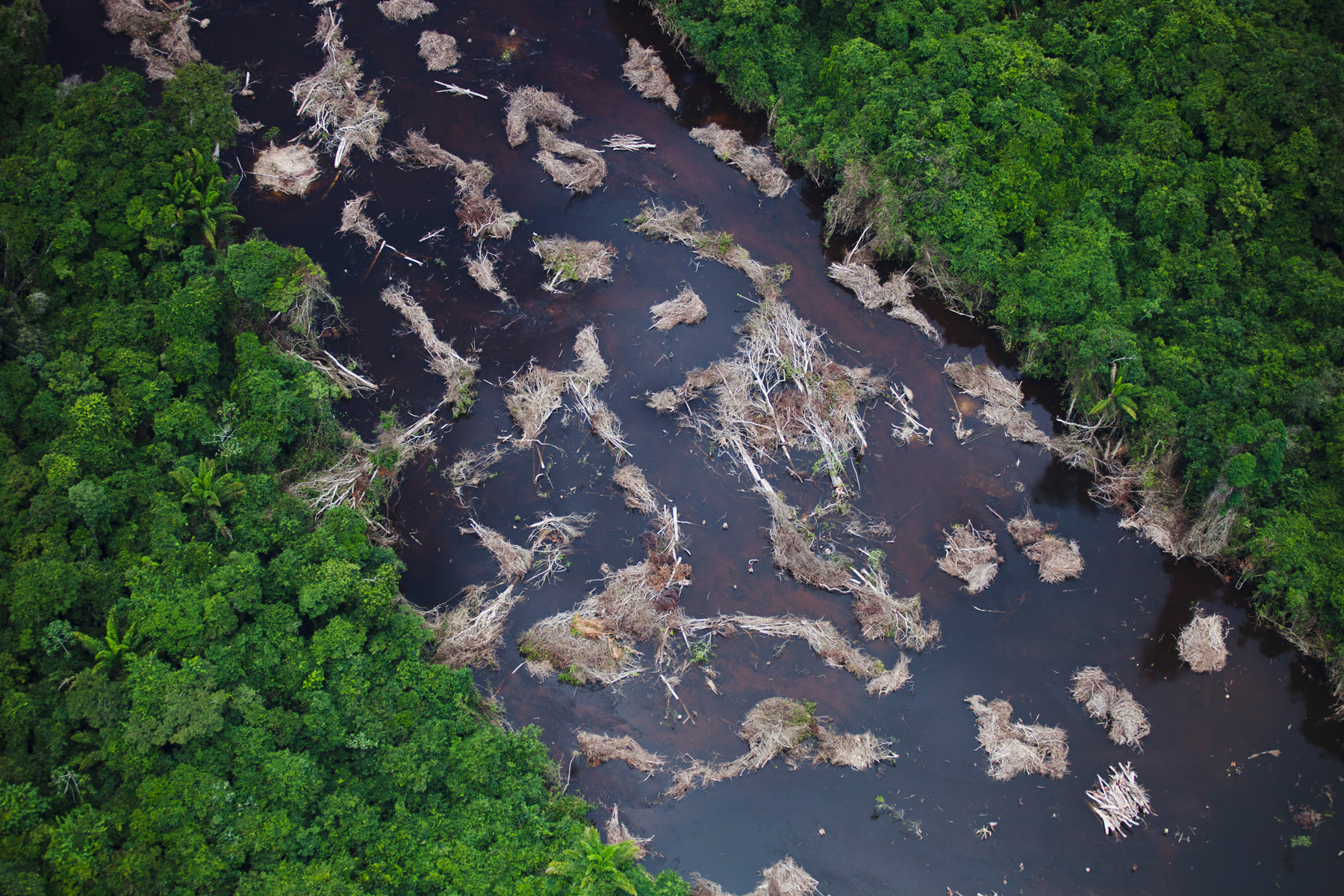Brazil’s Belo Monte Dam: Struggle for the Volta Grande enters a new phase (Commentary)
Jun 21, 2021
- A June 17th judicial decision suspends the permission granted on February 8th by Brazil’s environmental agency to allow even more water to be diverted from the Xingu River.
- Even without the additional diversion of water, the 130-km “Volta Grande” stretch receives insufficient water for its unique ecosystems and for its indigenous and traditional river-dwelling inhabitants.
- The new decision is at high risk of being overturned by means of Brazil’s “security suspension” laws that allow any ruling that would “damage” the economy to be reversed.
- The new decision could also be neutralized by the Bolsonaro government after technical studies are completed in December. It could also be overridden by a new interministerial group that is about to be decreed. The views expressed are those of the author, not necessarily Mongabay.
On June 17th a judicial decision marks a new phase for the struggle over water flow to the “Volta Grande” (“Big Bend”) of Brazil’s Xingu River between the two dams that make up the Belo Monte complex. The outcome will be consequential for the Indigenous people and ribeirinhos (traditional Amazonian riverside dwellers) who depend on the Volta Grande, for the extraordinary biodiversity of this river stretch and for current and future dam struggles throughout Brazil.
In 2015 the Belo Monte complex in the state of Pará blocked the Xingu River, a north-flowing tributary of the Amazon River, causing grave social and environmental impacts that had been foreseen but that had failed to block the project’s approval and construction. The impacted indigenous people were not consulted as required by ILO Convention 169 and by Brazilian law (10,088 of 5 November 2019, formerly 5051 of 19 April 2004). The first of the two dams in the complex (the Pimental Dam) diverts water through a canal and a series of flooded stream basins to the second dam (the Belo Monte Dam), where the main powerhouse is located and where the water returns to the Xingu 130-km downstream of the first dam.

Two Indigenous lands are located on the Volta Grande, and a third Indigenous land that also depends on the fish and turtles of the Volta Grande is located in a small tributary. There is also a sizeable population of ribeirinhos who also depend on the river. The Volta Grande has several species of fish that are found nowhere else and are now threatened with extinction, and it has an array of unique ecosystems that depend on the annual flooding cycle.
On February 8, 2021 the federal environmental agency (IBAMA: Brazilian Institute for the Environment and Renewable Natural Resources) granted a request from the power company responsible for Belo Monte allowing even more water to be diverted away from the Volta Grande than had previously been allowed. The previous requirement for water flow to the Volta Grande was also insufficient to avoid serious impacts. Ironically, the government and the power company dub the previous regulation the “hydrogram of consensus,” but the “consensus” was between the power company and IBAMA and did not include the affected people in the Volta Grande.

On June 17th a decision by a federal court in Pará state temporarily suspended the permission that IBAMA had granted on February 8th. The pause is to allow technical studies to be done before IBAMA authorizes any change in the required water flows. However, judicial decisions like this are routinely reversed by invoking Brazil’s “security suspension” laws, which were employed at least eight times during the construction of the Belo Monte Dam itself. Security suspensions were created during Brazil’s 1964-1985 military dictatorship (Law 4348 of 26 June 1964) but are still in force today (Law 12,016 of 7 August 2009).
These laws allow any judicial decision to be reversed if it would cause “grave damage” to the public economy. Since any hydroelectric dam is important for the economy, security suspensions can be invoked to override any decision based on violation of environmental regulations and protections of human rights.
Perhaps the likely recourse of the power sector to a security suspension will be an opportunity for the public to learn about the existence and the consequences of these laws. Few people outside of the legal community know these laws exist because the information in press reports each time they are used is almost always limited to stating that judge “X” reversed decision “Y” allowing infrastructure project “Z” to move forward. The security-suspension laws will eventually have to be revoked if Brazil is to avoid repeating many times over the history that has unfolded at Belo Monte with its many violations of human rights and environmental regulations. These laws will never be revoked unless the public is aware of the problem.


An additional threat is a provisional measure (an executive order valid for 120 days) that is being prepared for issuance by President Bolsonaro that would strip IBAMA of the authority to regulate water flows from dams. This responsibility would be given to an interministerial group called the “CARE” (Chamber for Exceptional Operational Rules for Hydrelectric Dams) that would be chaired by the Ministry of Mines and Energy. The CARE would be composed of representatives of the ministries of Economy, Infrastructure, Agriculture, Regional Development, and Foreign Relations, plus the Attorney-General and the “Civil House” of the presidential office. Note that the Ministry of the Environment is not on this list; however, rectifying this omission would not reduce CARE’s environmental and social impact given the anti-environmental orientation of Bolsonaro’s minister of Environment.
The current suspension of the deal struck between IBAMA and the power company is likely to be a temporary respite even if a compliant judge is not found to issue a security suspension. The technical studies demanded by the June 17th decision are supposed to be completed by December and the subsequent likely approval by the Bolsonaro administration’s appointees in the environmental agency would renew the agency’s agreement with the power company before the critical flood season begins in January. In other words, the struggle to save the Volta Grande from this further assault has only just begun.